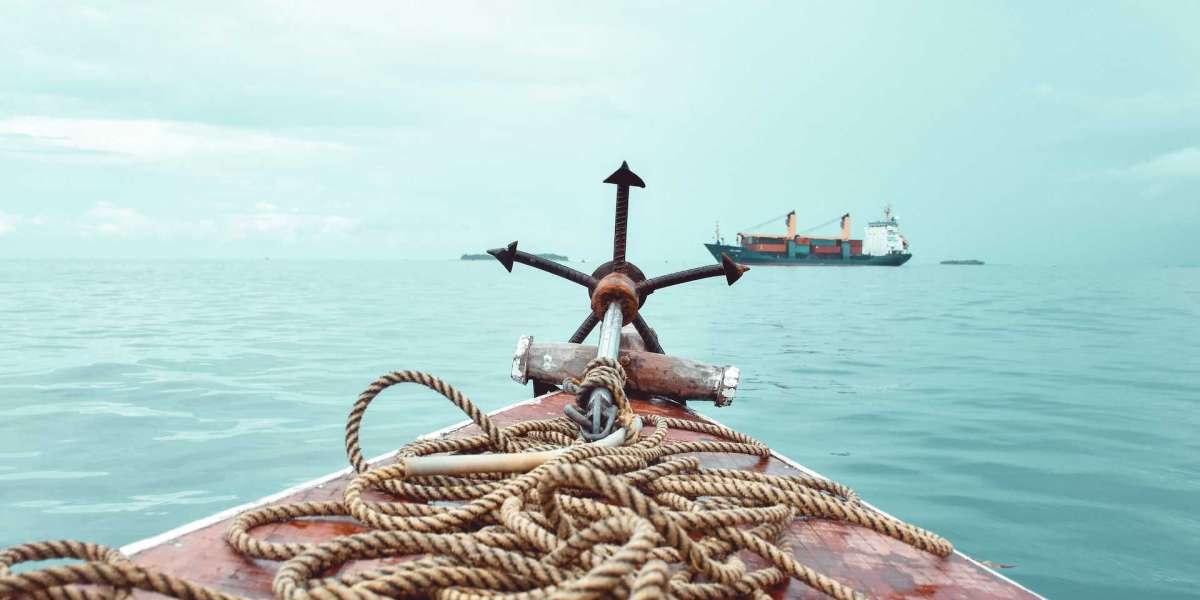The Dos and Don'ts of Anchoring: A Guide to Safe Sailing
The Dos and Don'ts of Anchoring: A Guide to Safe Sailing
Anchoring is a critical aspect of sailing and requires careful preparation, attention to detail, and a commitment to safety. Whether you're a seasoned sailor or just starting out, it's important to know the dos and don'ts of anchoring to ensure a safe and enjoyable time on the water. In this article, we'll take a look at what you need to know to anchor your boat safely and securely.
I. Preparation
Before setting anchor, there are several things you need to consider to ensure your boat is secure and safe.
DO:
- Choose the right anchorage: Look for a sheltered area with good holding ground, away from any underwater obstructions, currents or shipping lanes.
- Check the weather: Make sure to check the weather forecast before setting anchor, and be prepared for any sudden changes in wind or weather conditions.
- Prepare the rode and anchor: Make sure the rode and anchor are in good condition and ready for use. Check for any signs of wear or damage and replace them if necessary.
DON'T:
- Neglect to check the weather: Never set anchor without checking the weather forecast, as this can increase the risk of the boat being damaged or drifting in adverse weather conditions.
- Use the wrong size or type of anchor: Make sure to choose the right size and type of anchor for your boat and the conditions you'll be facing.
II. Setting the Anchor
Once you've chosen the right anchorage and prepared the rode and anchor, it's time to set the anchor. Here are some dos and don'ts to keep in mind.
DO:
- Let out enough rode: Make sure to let out enough rode so the anchor can set securely, but not so much that the boat is in danger of drifting too far from the anchor.
- Monitor the boat's position: Keep an eye on the boat's position to ensure it's not drifting and the anchor is holding securely.
DON'T:
- Set the anchor too close to other boats: Avoid setting the anchor too close to other boats, as this can increase the risk of collision or damage to other boats or your own.
- Leave the boat unattended: Never leave the boat unattended while it's anchored, as this can increase the risk of the boat drifting or being damaged by high winds or currents.
III. Monitoring the Anchor
Once the anchor is set, it's important to monitor its position and the boat's condition regularly to ensure everything is still secure and safe.
DO:
- Check the boat's position regularly: Make sure to regularly check the boat's position to ensure it's not drifting and the anchor is holding securely.
- Monitor the weather conditions: Keep an eye on the weather conditions and be prepared to adjust the anchor or adjust your location if necessary.
DON'T:
- Ignore warning signs: Be alert to any signs that the anchor is not holding securely, such as the boat moving or drifting in the wind or waves, and take immediate action if necessary.
- Fail to adjust the anchor or relocate the boat if necessary: If the weather conditions change or the anchor is not holding securely, make sure to adjust the anchor or relocate the boat to a safer location.
IV. Retrieving the Anchor
When it's time to leave the anchorage and set sail, there are a few important steps to follow to safely retrieve the anchor and get under way.
DO:
- Retrieve the anchor carefully: Make sure to retrieve the anchor carefully, taking care to avoid damaging the rode or the boat's hull or propeller.
- Check the boat's condition: Before setting sail, make sure to check the boat's condition and ensure everything is secure and in good working order.
DON'T:
- Leave the rode or anchor dragging: Avoid leaving the rode or anchor dragging behind the boat, as this can pose a hazard to other boats and increase the risk of damage to the boat or the rode.
- Set sail without checking the boat's condition: Never set sail without checking the boat's condition and ensuring everything is secure and in good working order.
In conclusion, anchoring is an important aspect of sailing that requires careful preparation, attention to detail, and a commitment to safety. By following these dos and don'ts, you can ensure a safe and enjoyable time on the water.







